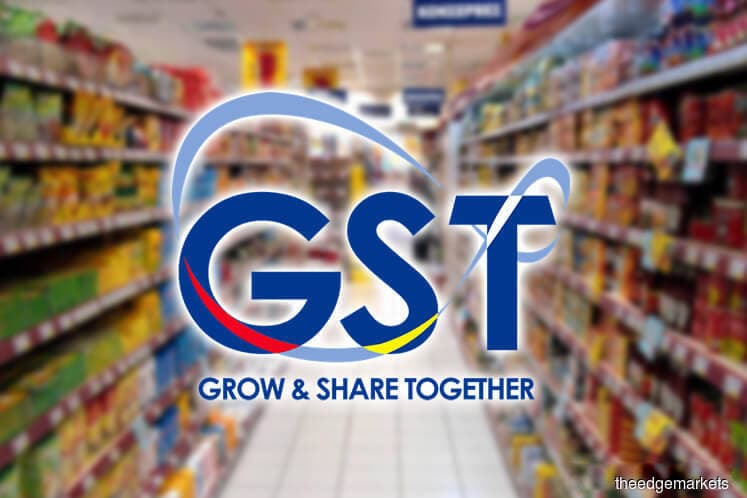
This article first appeared in The Edge Financial Daily on April 3, 2019
KUALA LUMPUR: Slightly more than half of the respondents surveyed (54.6%) by the Associated Chinese Chambers of Commerce and Industry of Malaysia (ACCCIM) indicated that the goods and services tax (GST) is a more preferred tax system than the current sales and service tax (SST).
This is particularly for the manufacturing sector. About 74.5% of respondents from the manufacturing sector preferred GST over SST — as exports are zero-rated and the sector is eligible to claim input tax. Under SST, there is no complete relief for exports. Companies cannot claim input tax under SST, except for manufacturers who deal with exports.
With the exception of the manufacturing sector and trading companies, small and medium enterprises (SMEs) in most other sectors rated SST as the preferred taxation system, as SST only imposes tax at a single level compared to GST where the tax was imposed at every level, from manufacturers to wholesalers, retailers and consumers.
Meanwhile, about 41.5% of the survey respondents said that the SST has adverse impact on their business, mostly in the manufacturing and construction sectors. This is despite SST exemption being granted to main building materials and construction services.
In contrast, 52% indicated that SST has no impact on their business. Among them are from wholesale and retail trade, professional, business services and real estate sectors.
On the impact of SST on input prices, the respondents said the input prices have increased by more than 10%. The majority of them were SMEs in the wholesale and retail trade sector and manufacturing sector.
About 64.5% of the respondents in the wholesale and retail trade sector indicated an increase in the input prices, this was followed by the manufacturing (64%) and the construction sector (61.2%). For those who incur higher input prices, 66.1% of them have increased their selling prices, according to the survey. About 53.5% of respondents in the wholesale and retail trade sector indicated that they have increased their selling prices. This also followed by the construction sector (41.5%) and the manufacturing sector (39.5%).